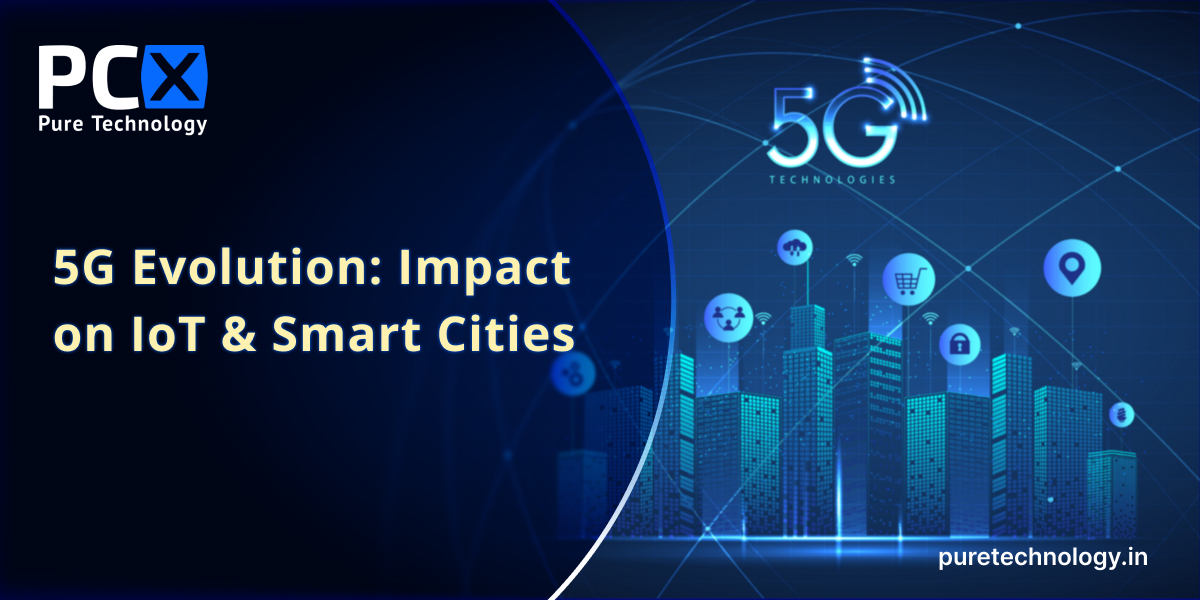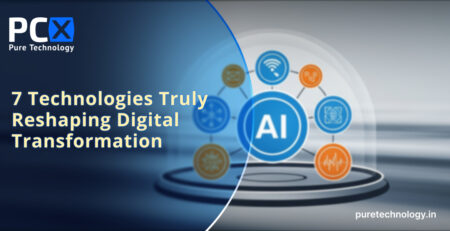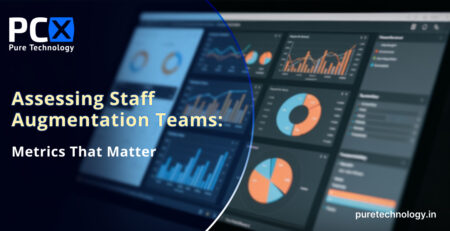5G Evolution: Impact on IoT & Smart Cities
The Evolution of 5G and Its Impact on IoT and Smart Cities
The advent of 5G technology is revolutionizing connectivity, promising faster speeds, lower latency, and the capacity to connect billions of devices simultaneously. As 5G networks expand worldwide, their influence on the Internet of Things (IoT) and the development of smart cities is becoming increasingly profound.
How 5G Enhances IoT
- Faster Data Transmission
5G networks can handle massive amounts of data in real-time, enabling IoT devices to communicate instantly. This is critical for applications like autonomous vehicles, smart homes, and industrial automation. - Lower Latency
The near-zero latency of 5G allows devices to respond in milliseconds, which is essential for time-sensitive operations such as remote surgeries, traffic management, and emergency response systems. - Increased Device Capacity
5G supports a significantly higher number of connected devices per square kilometer, allowing dense IoT ecosystems in urban environments without network congestion.
Impact on Smart Cities
- Intelligent Traffic Management
5G-enabled sensors can monitor traffic flow, optimize traffic signals, and reduce congestion, making urban transportation more efficient and sustainable. - Enhanced Public Safety
Connected cameras, drones, and emergency systems can provide real-time surveillance and faster response to incidents, improving city safety. - Energy and Resource Optimization
Smart grids powered by 5G can manage energy distribution efficiently, monitor water usage, and reduce wastage in public utilities. - Improved Healthcare Services
Telemedicine, remote monitoring, and AI-driven diagnostics benefit from 5G’s speed and reliability, making healthcare more accessible in urban areas.
Challenges and Considerations
- Infrastructure Costs
Deploying 5G networks requires significant investment in antennas, towers, and compatible devices. - Security Risks
With increased connectivity comes a higher risk of cyberattacks on IoT devices and city infrastructure, necessitating robust security measures. - Regulatory Hurdles
Different countries have varying regulations for spectrum allocation and 5G deployment, which can slow global adoption.
The Road Ahead
As 5G technology matures, its integration with IoT will accelerate the development of smart cities, enhancing efficiency, sustainability, and the quality of life for citizens. Industries, governments, and urban planners must collaborate to leverage 5G responsibly, addressing challenges while maximizing its transformative potential.
Conclusion
The evolution of 5G is not just about faster internet—it’s a catalyst for connected, intelligent, and efficient cities. By embracing 5G-enabled IoT solutions, we are stepping into an era of smarter urban living and limitless innovation.
Call us for a professional consultation












Leave a Reply